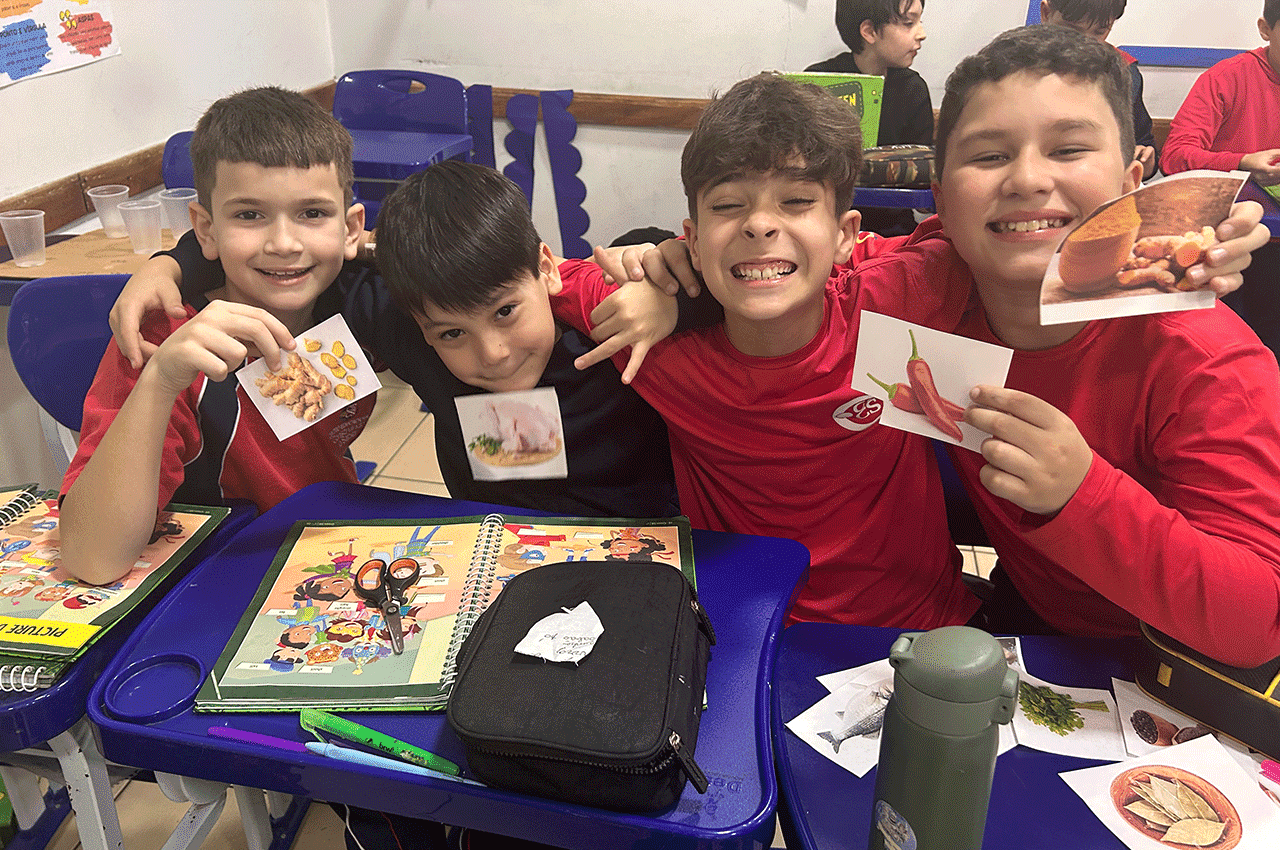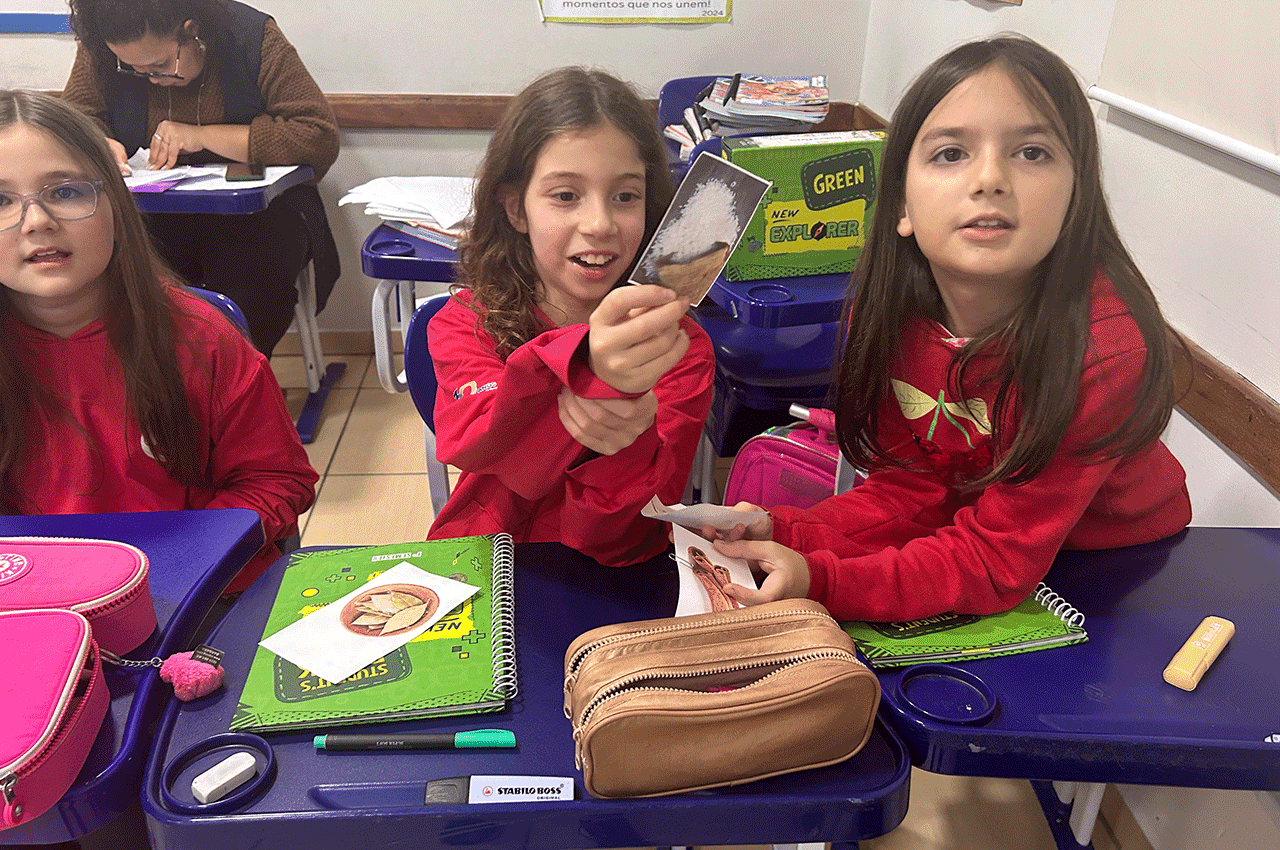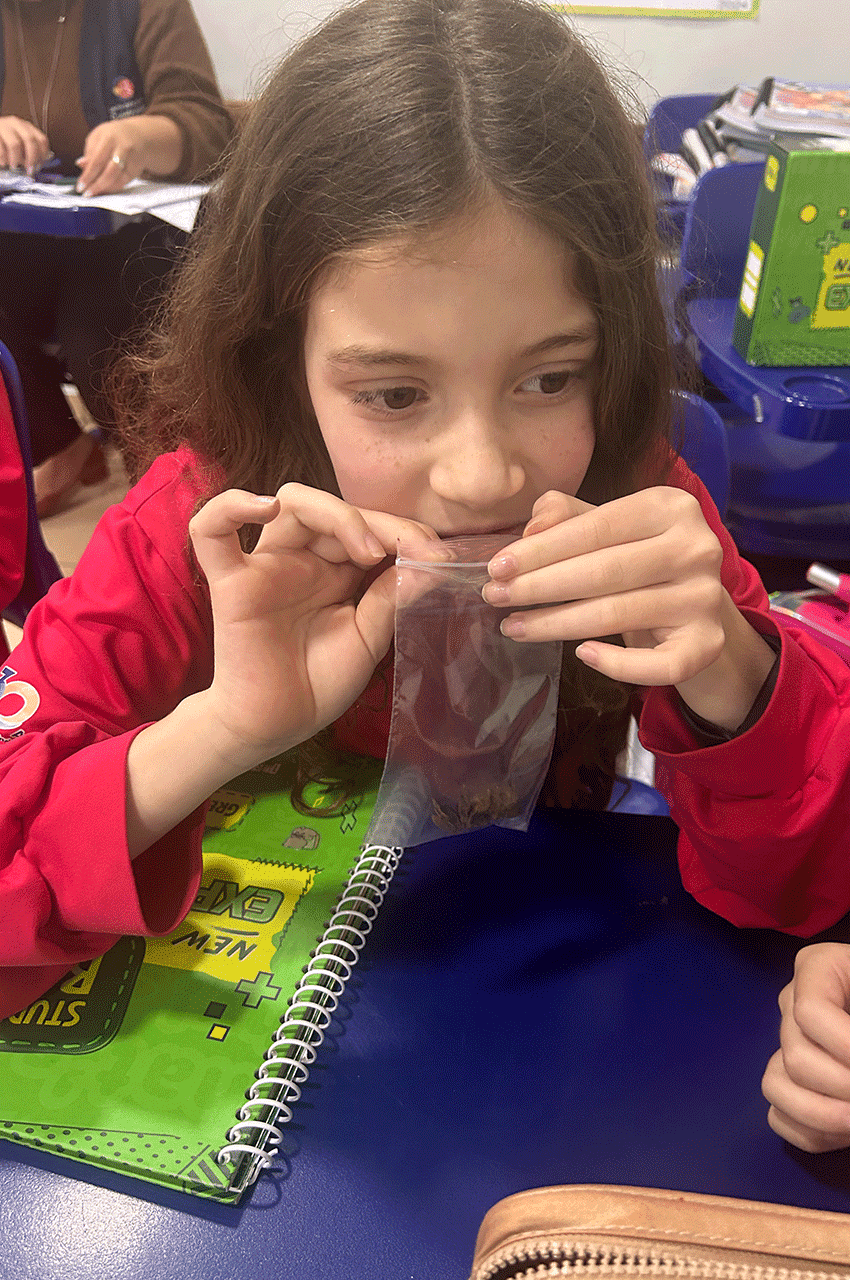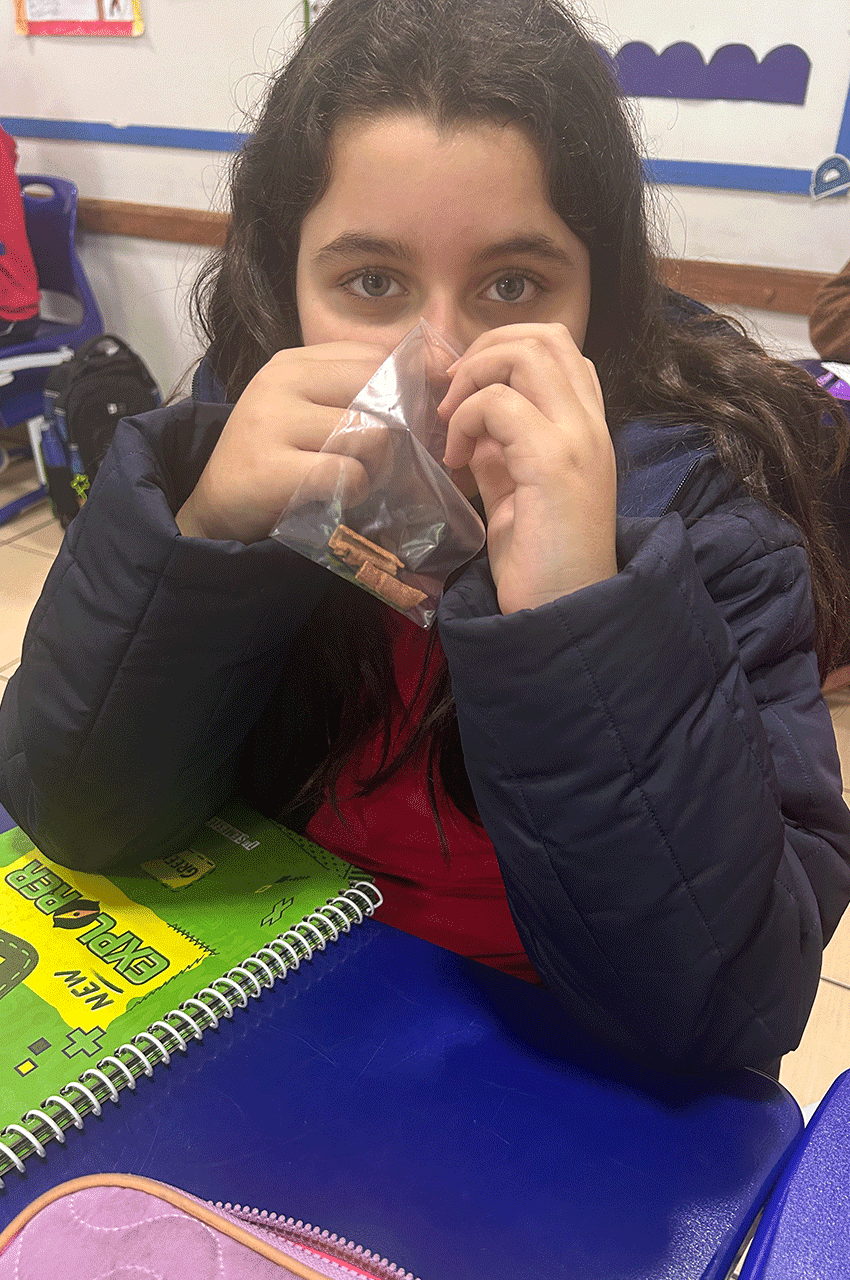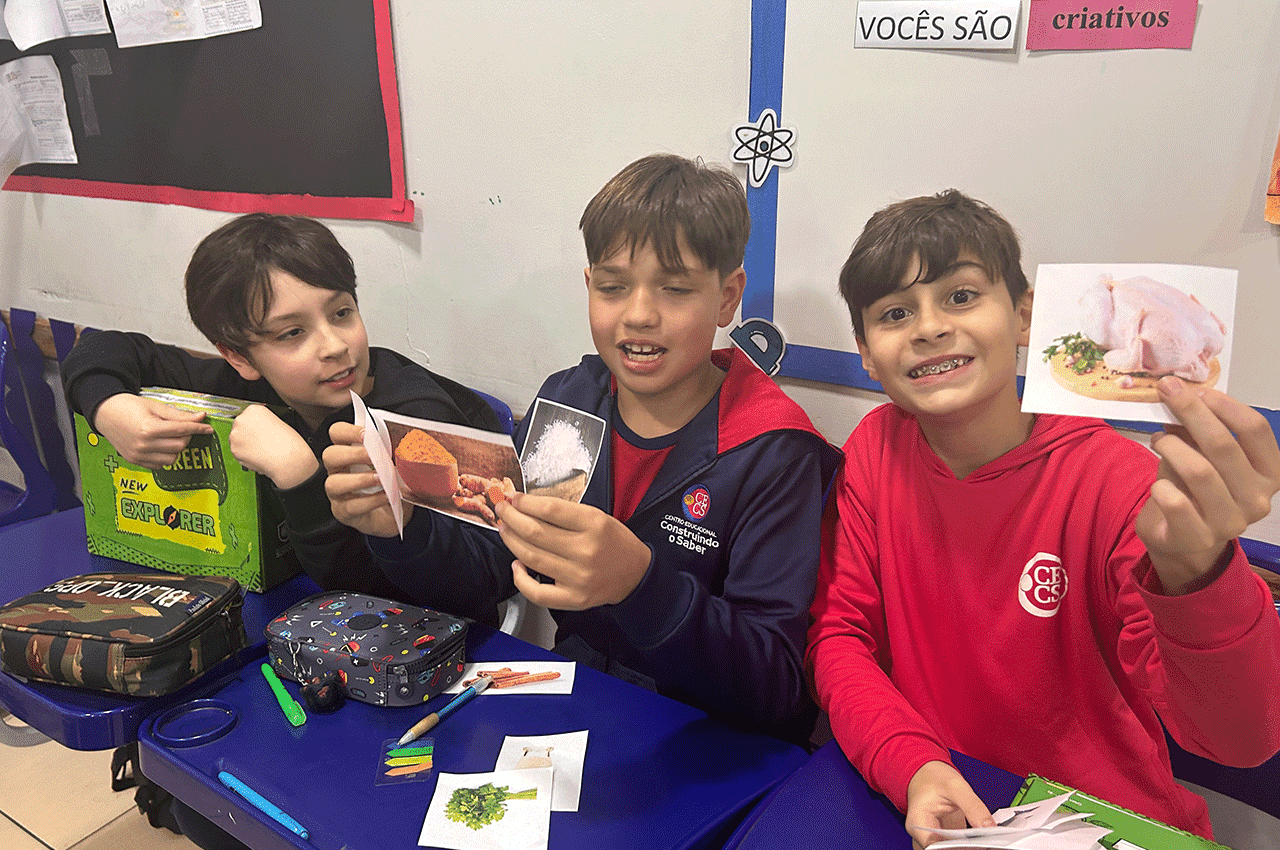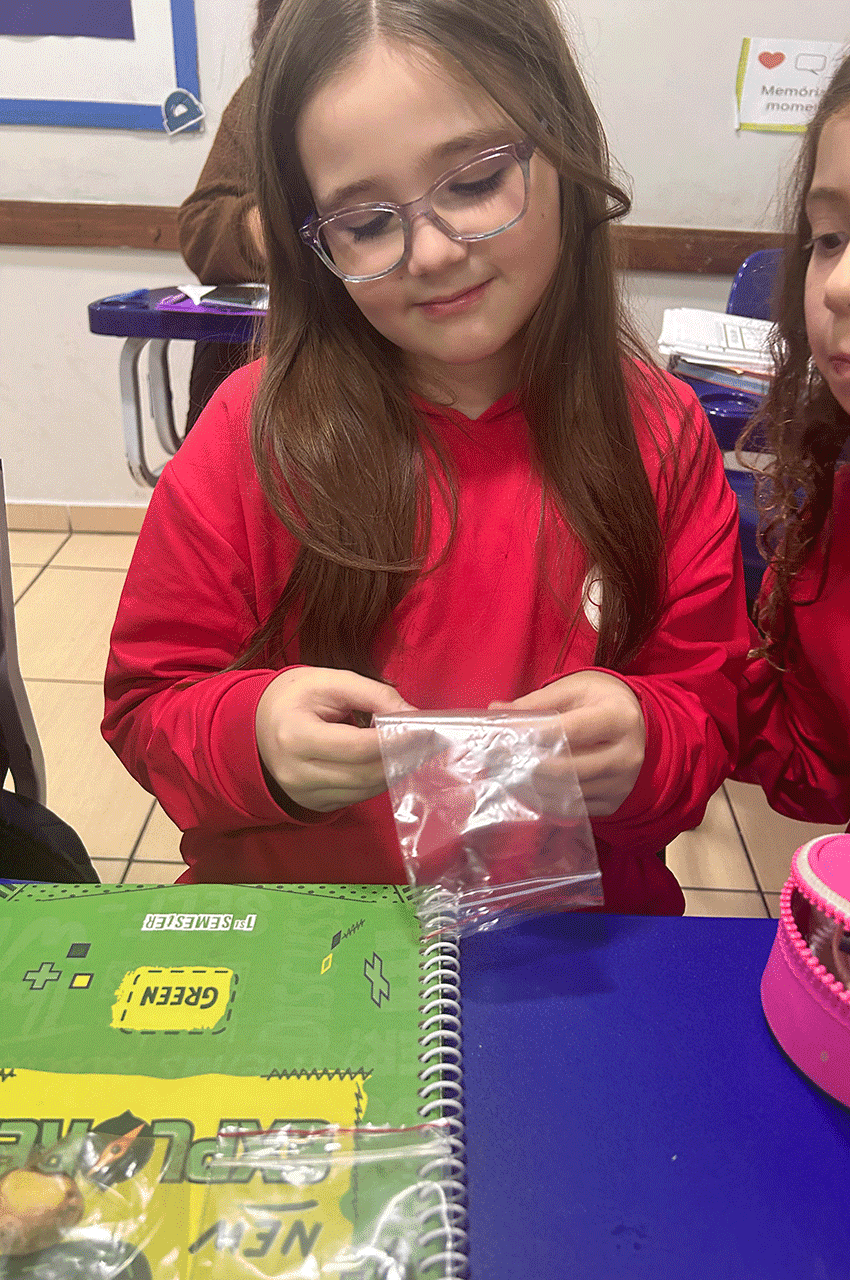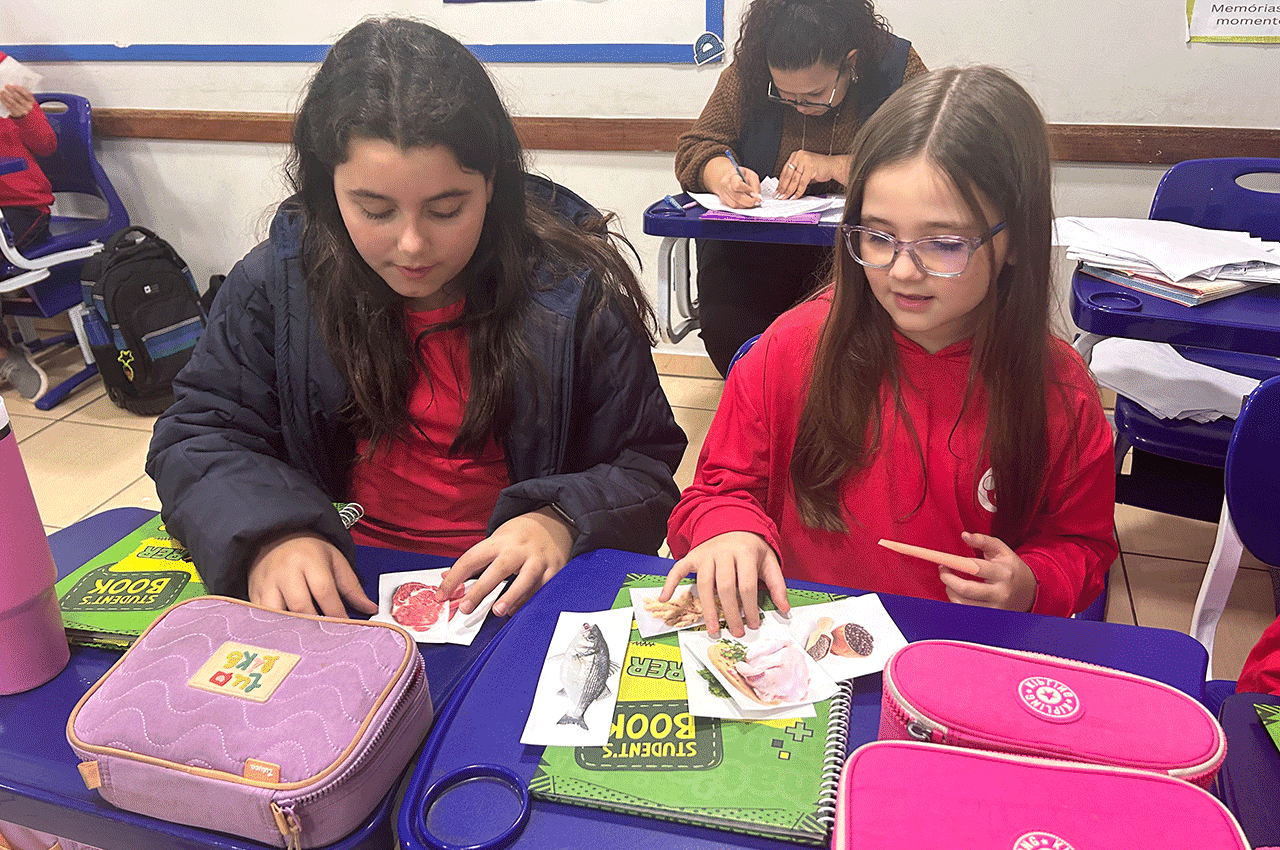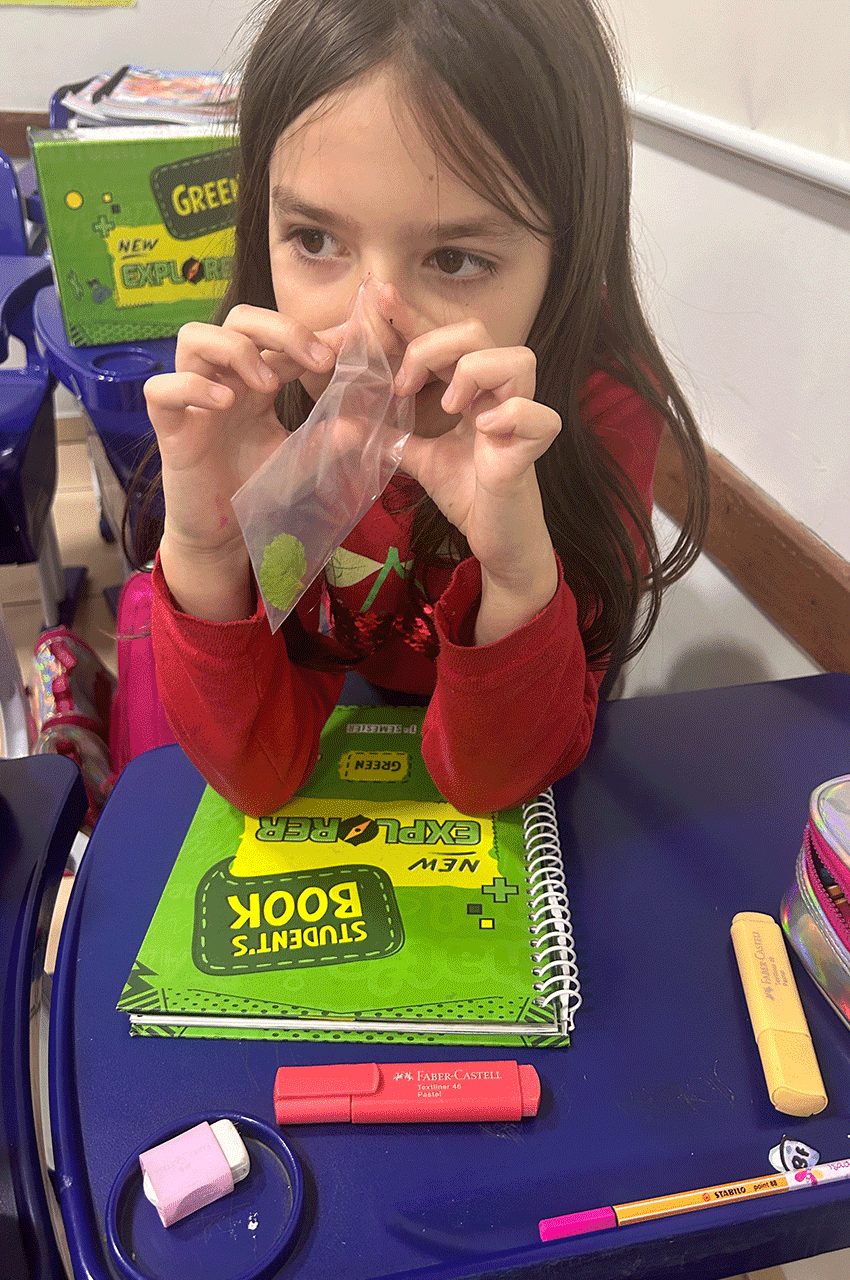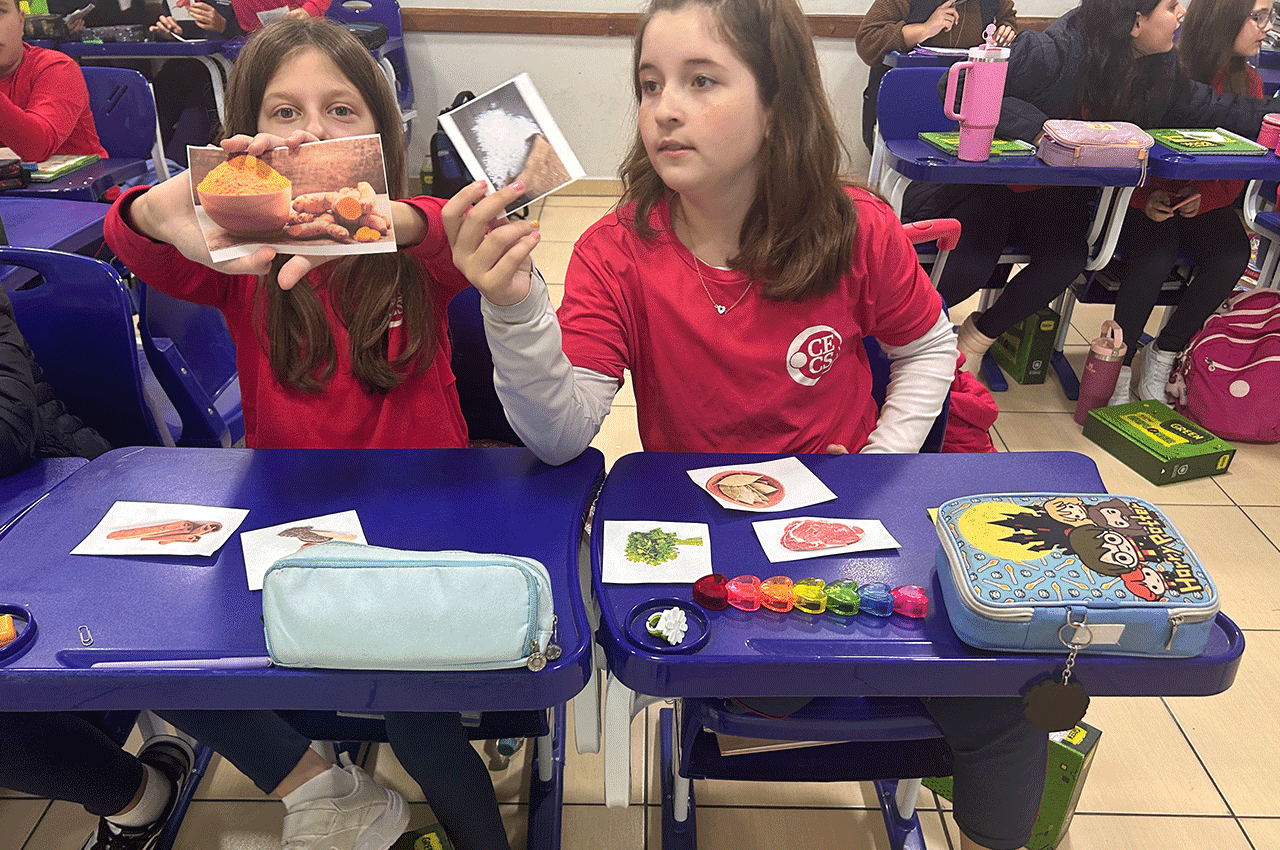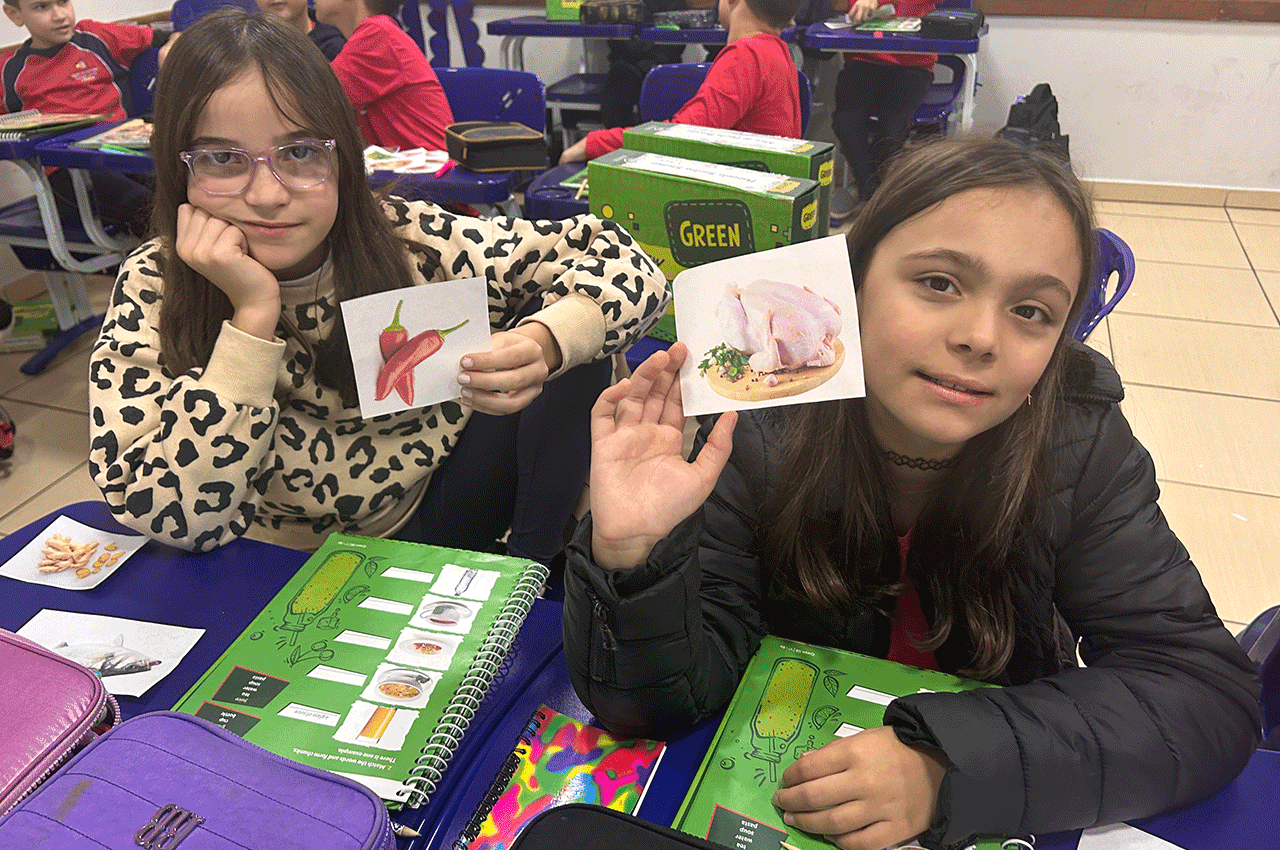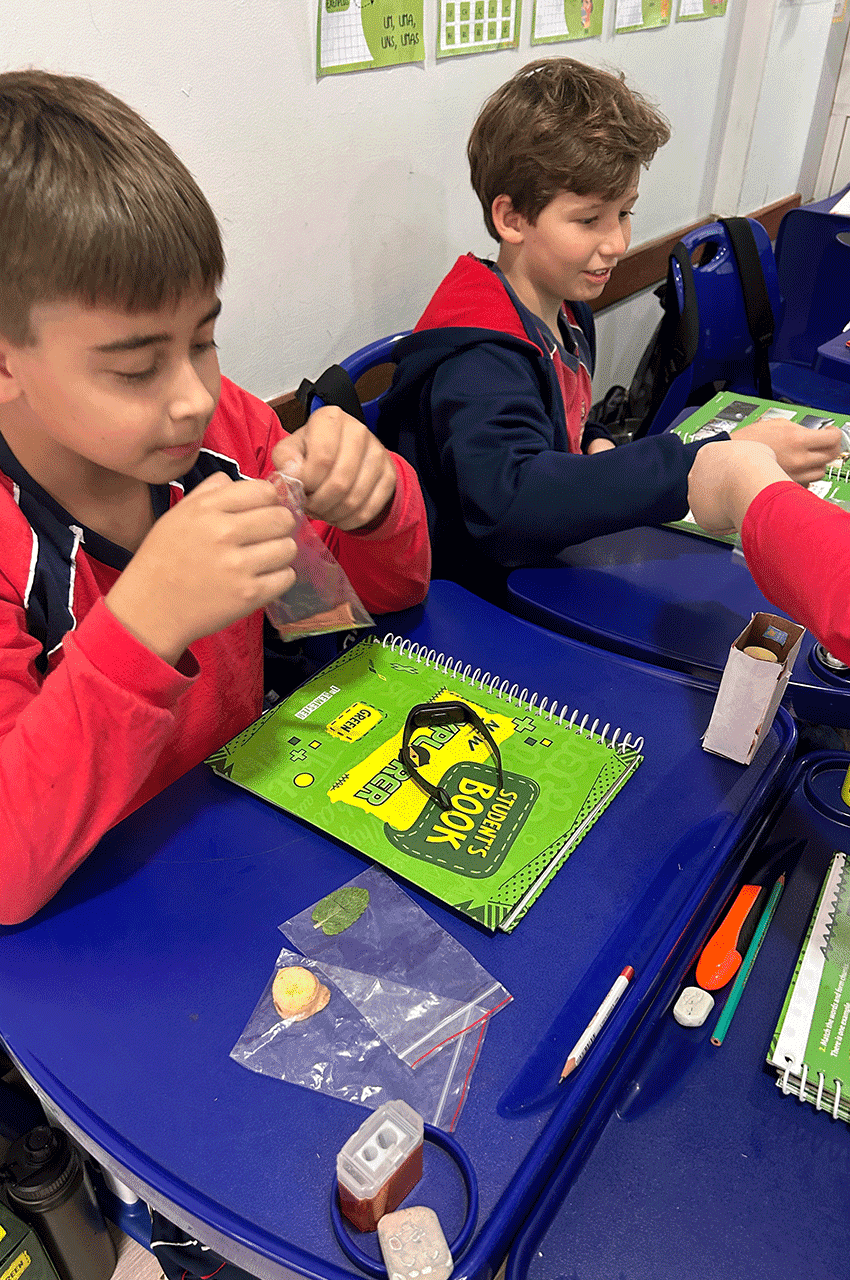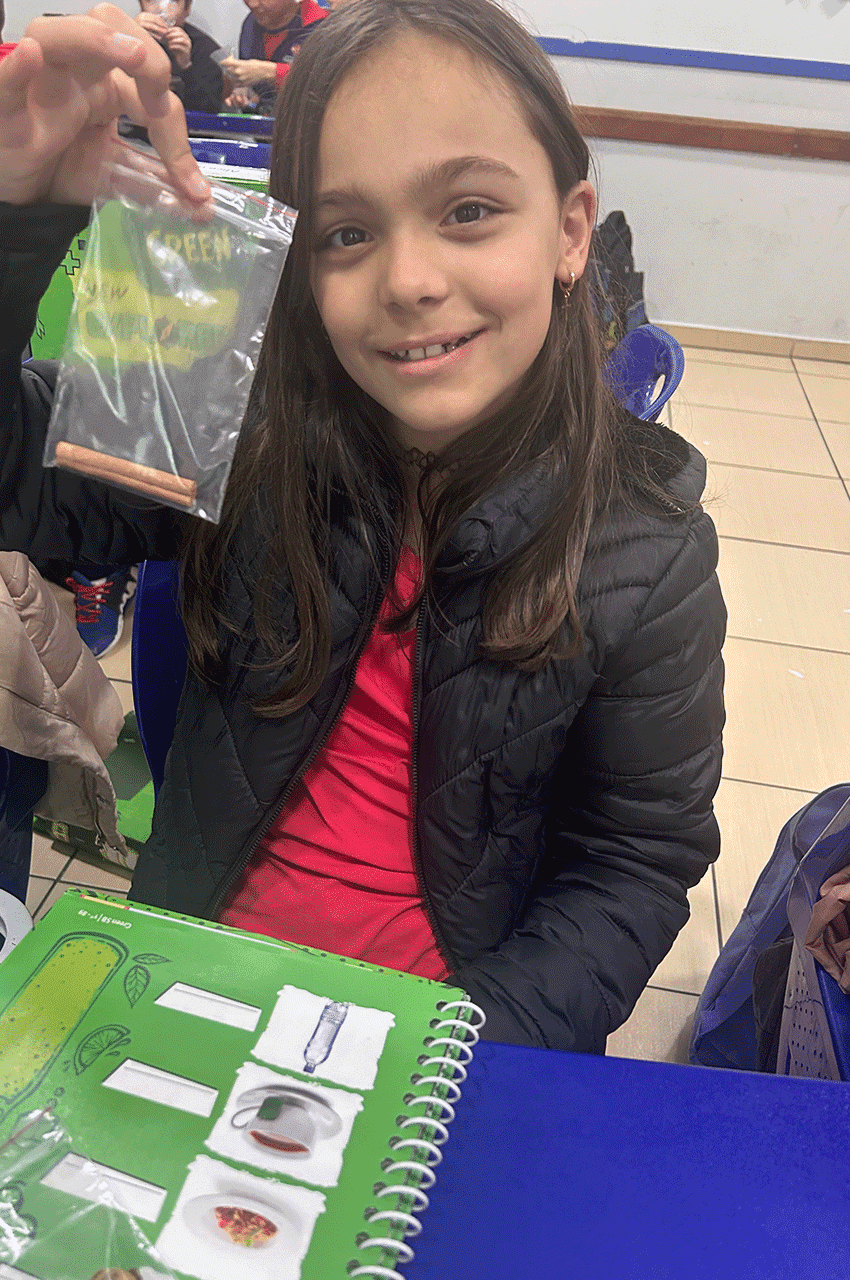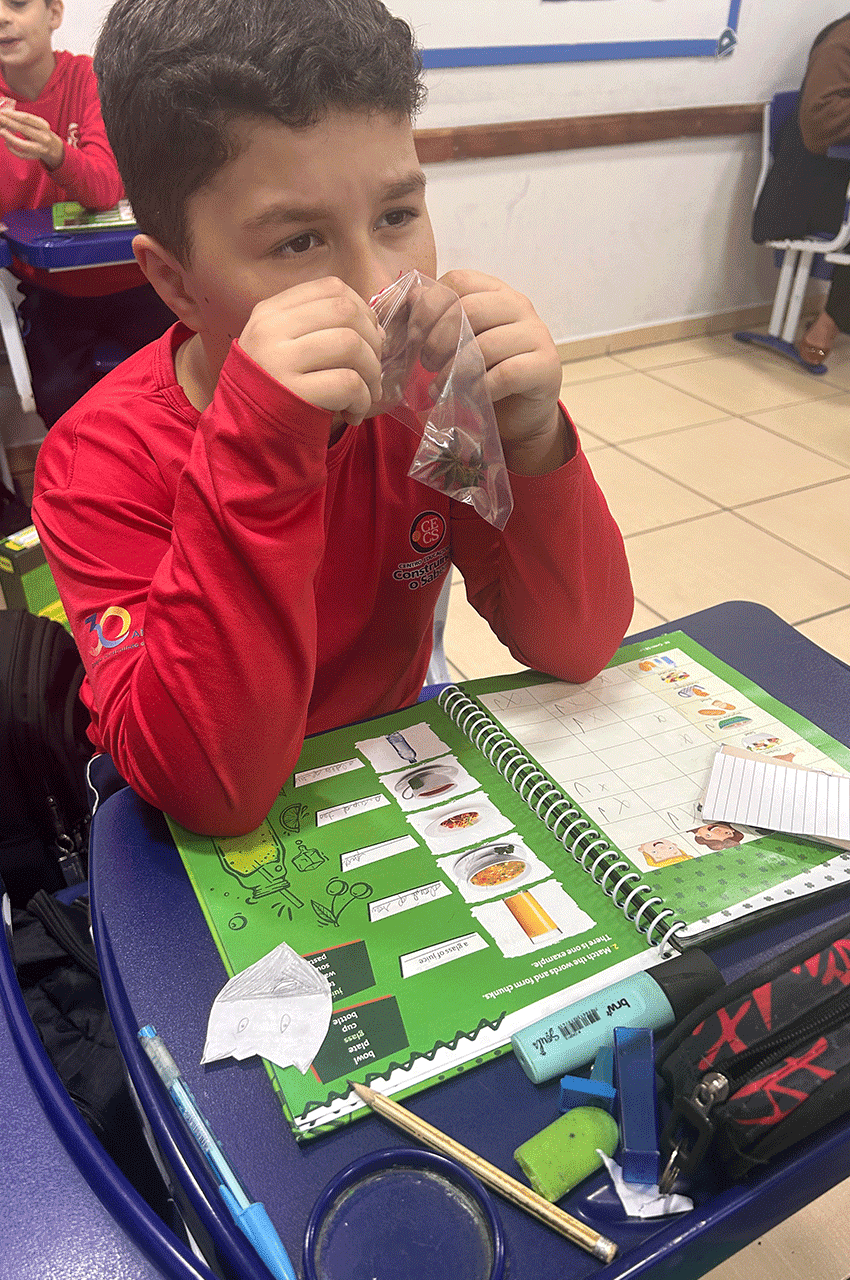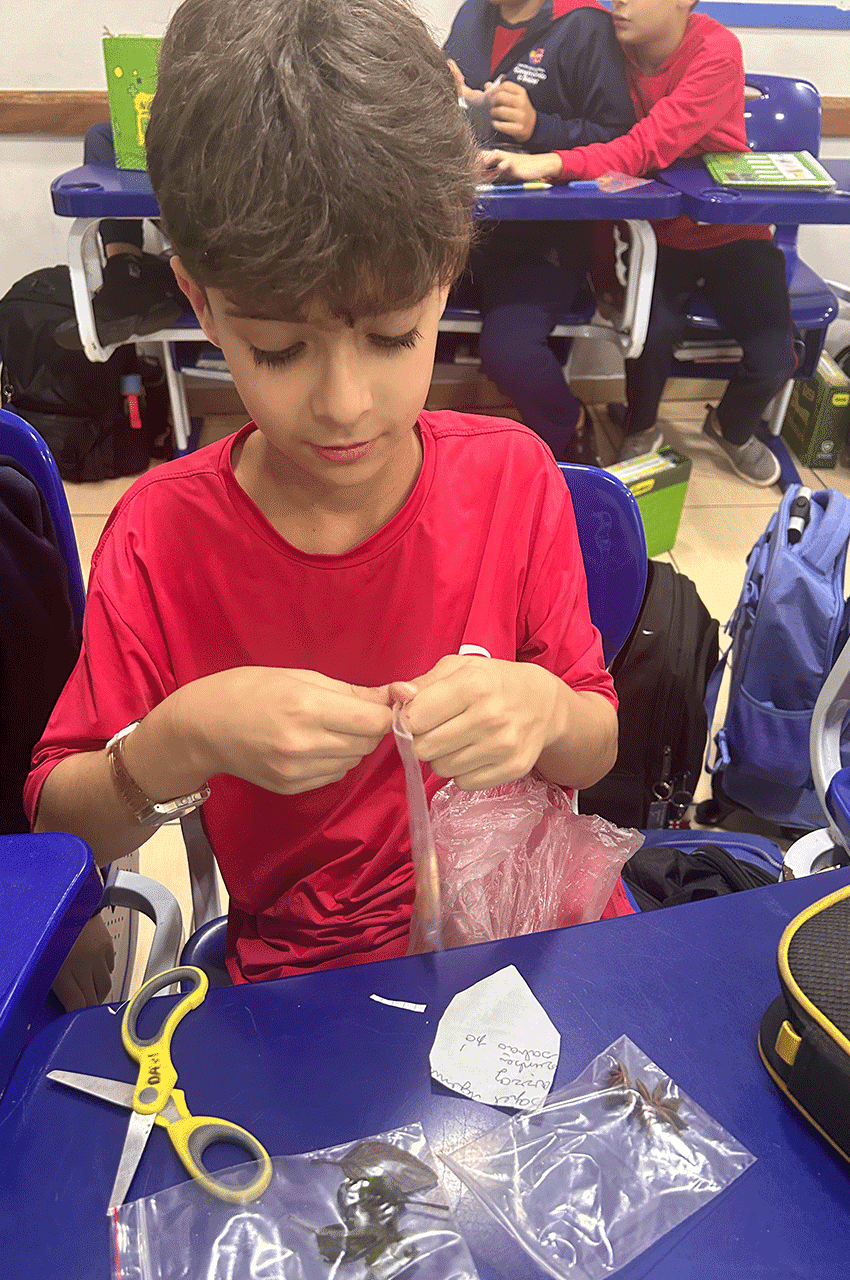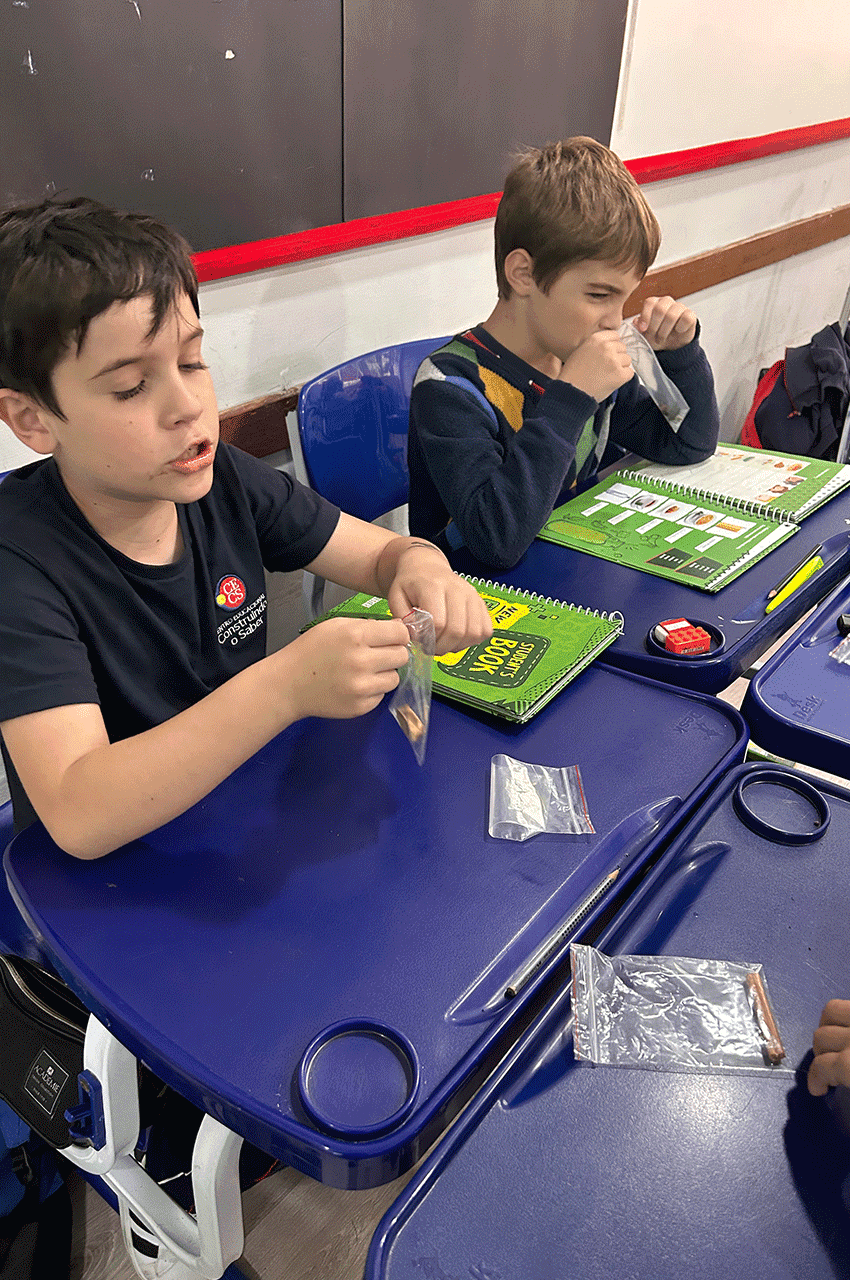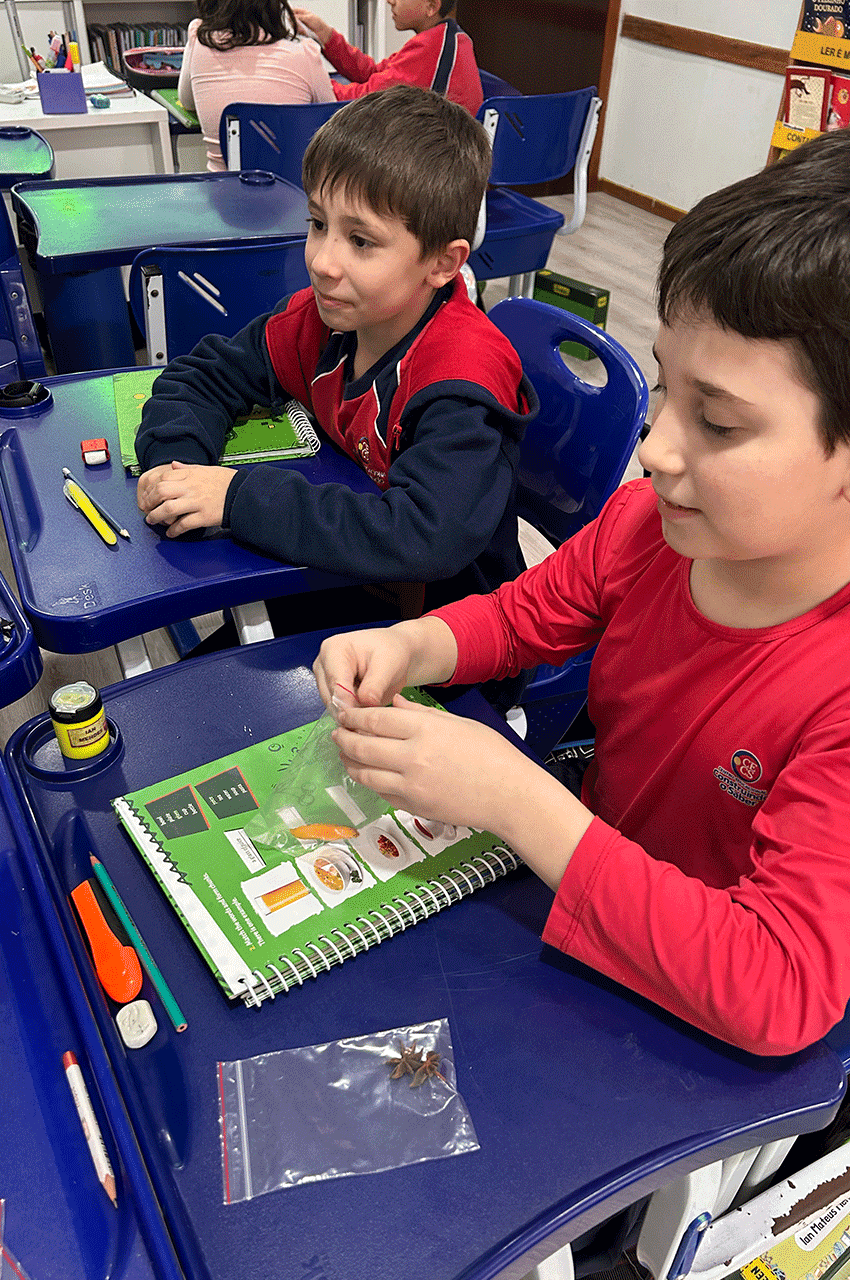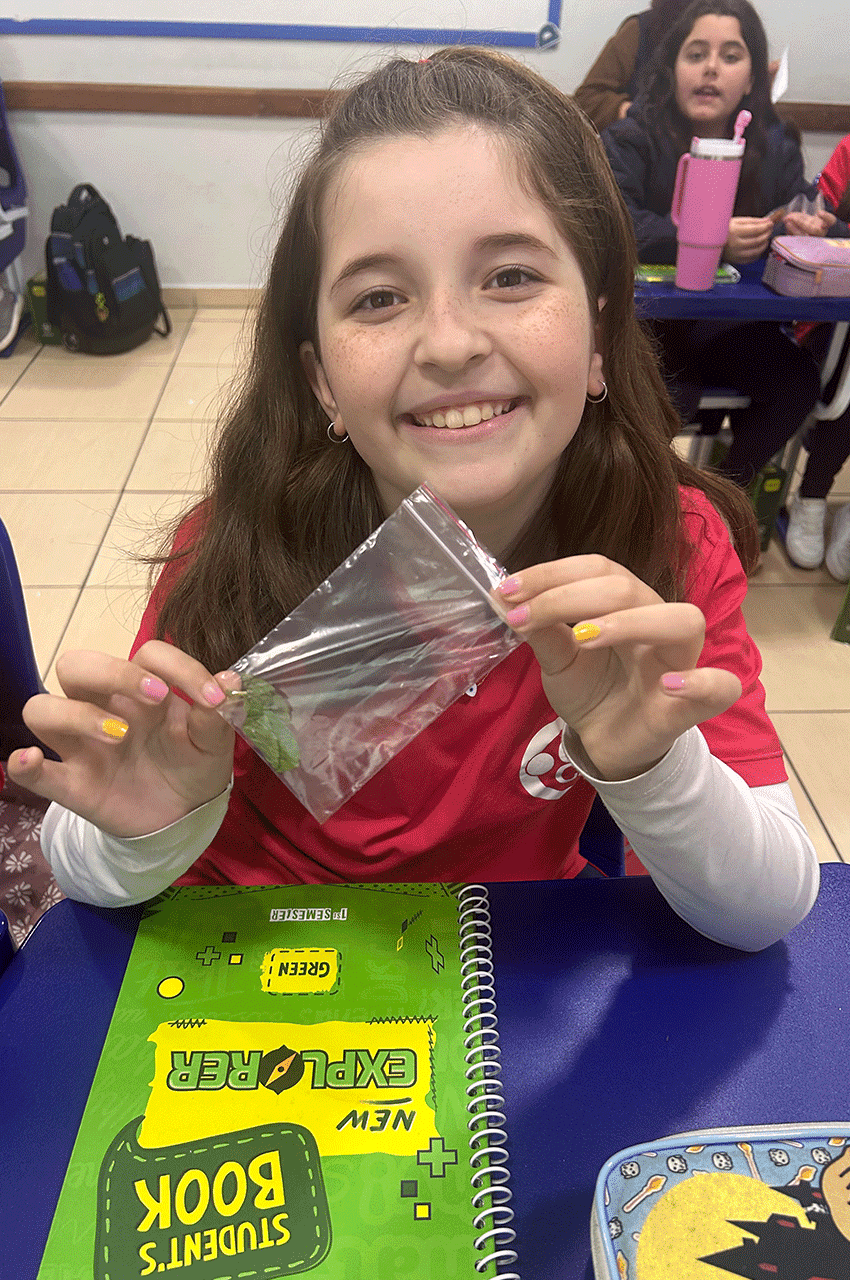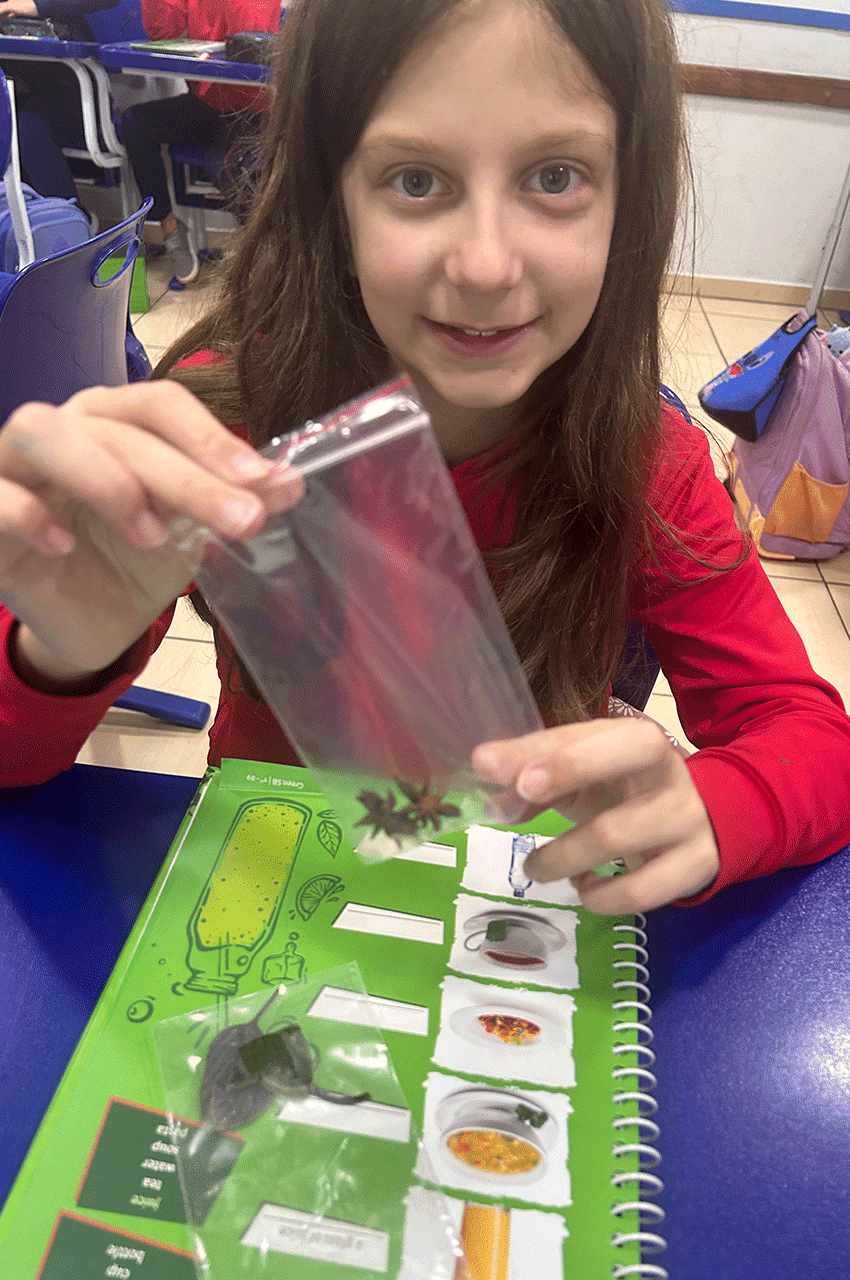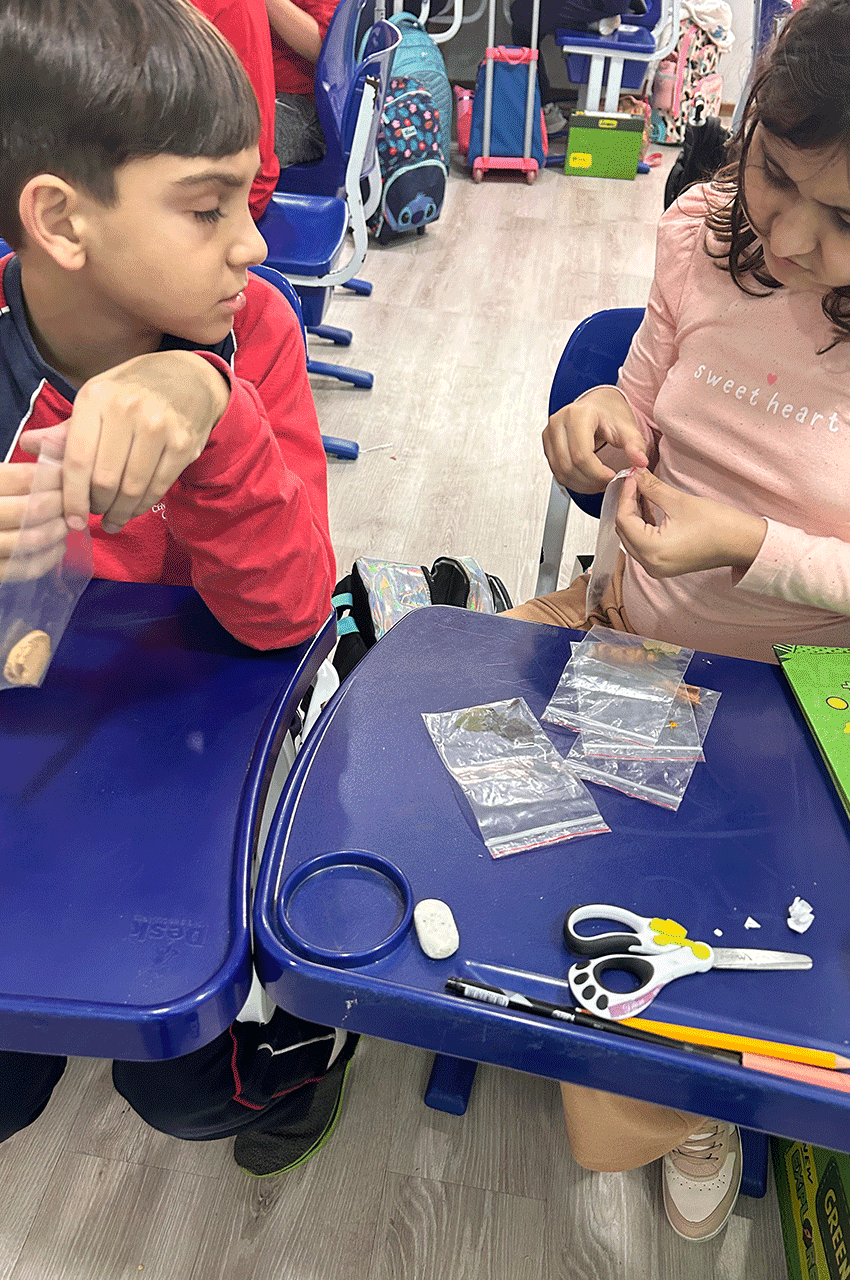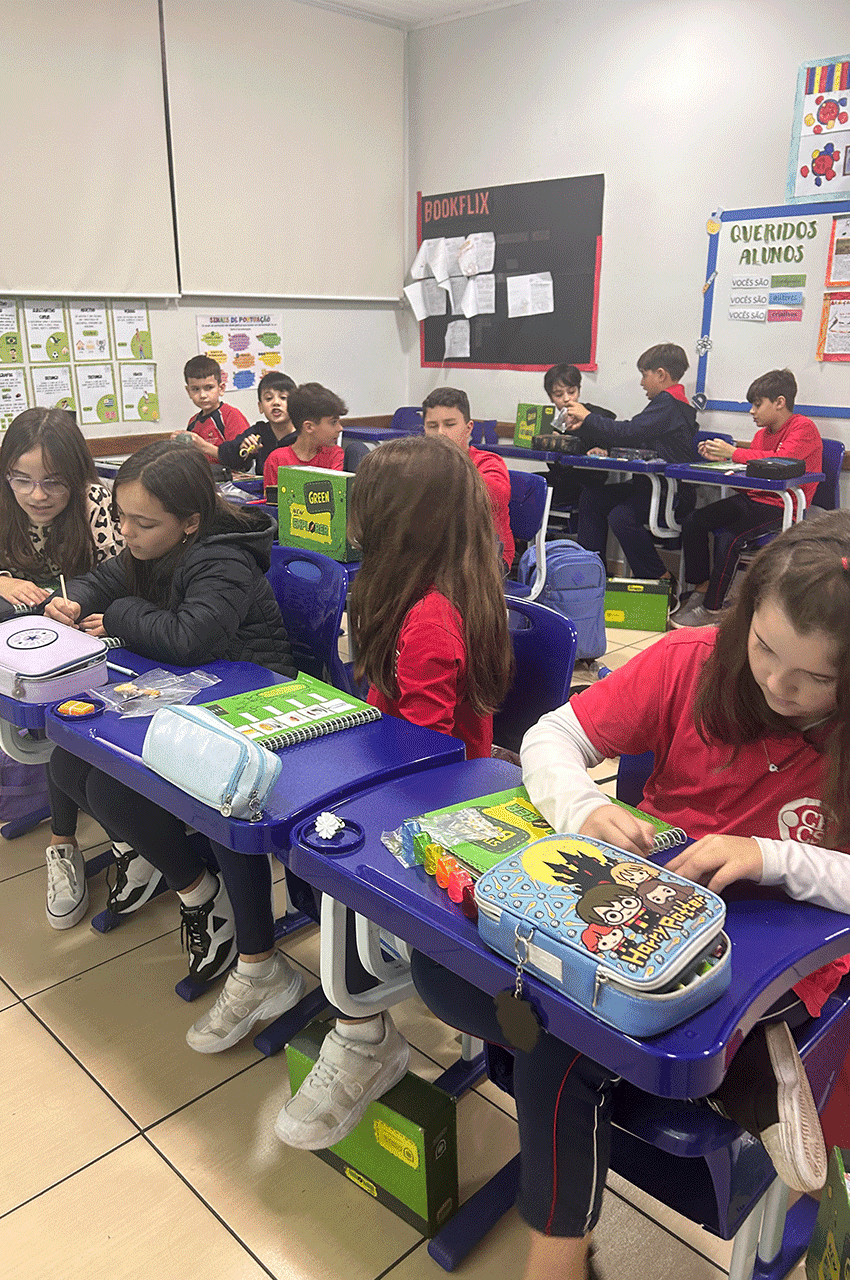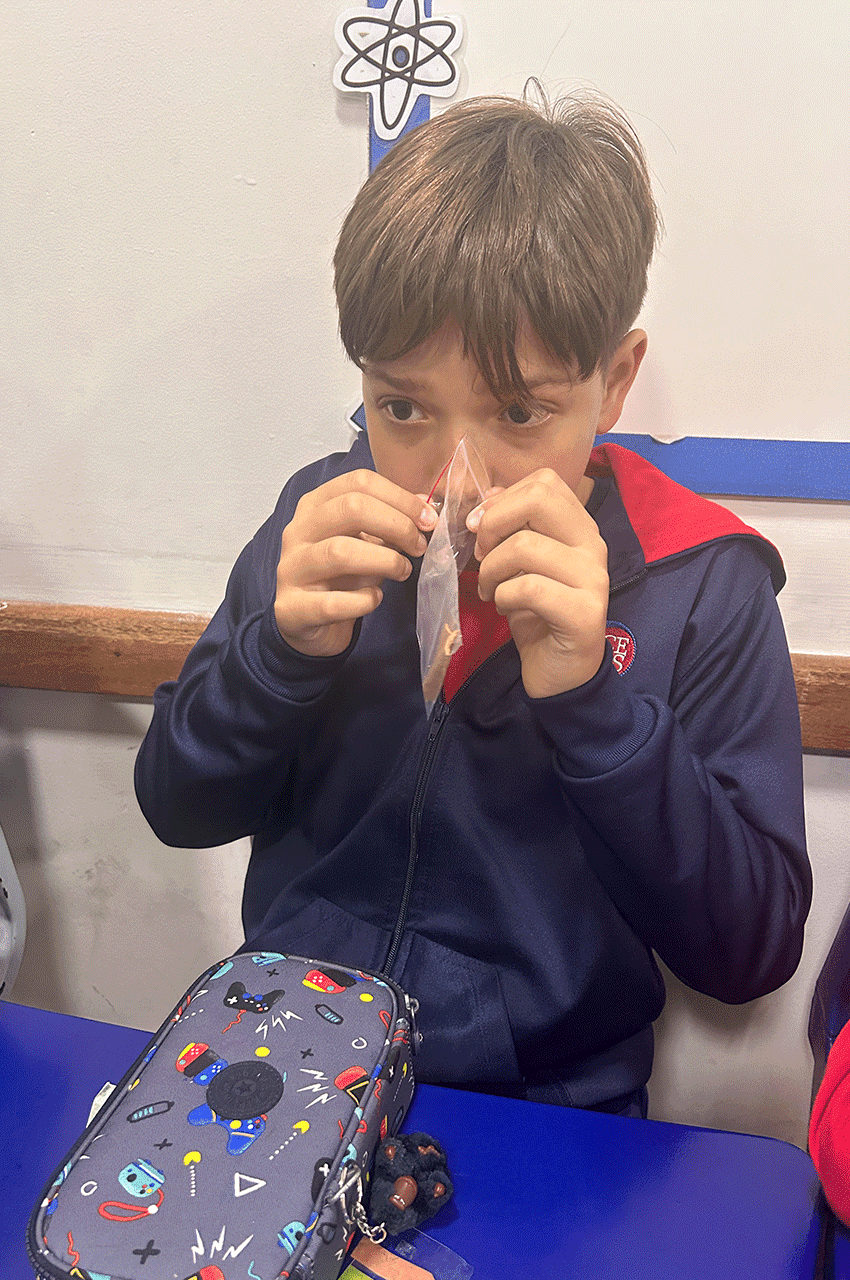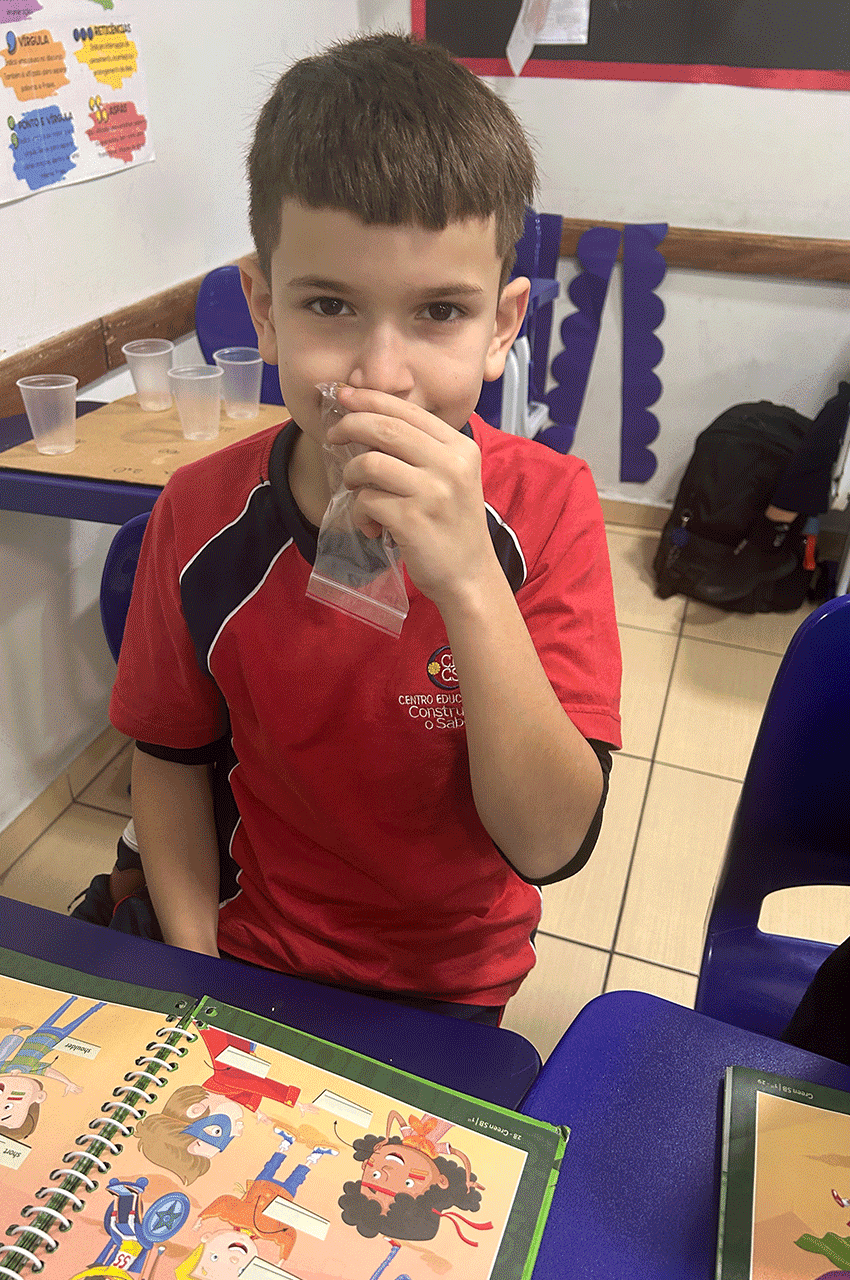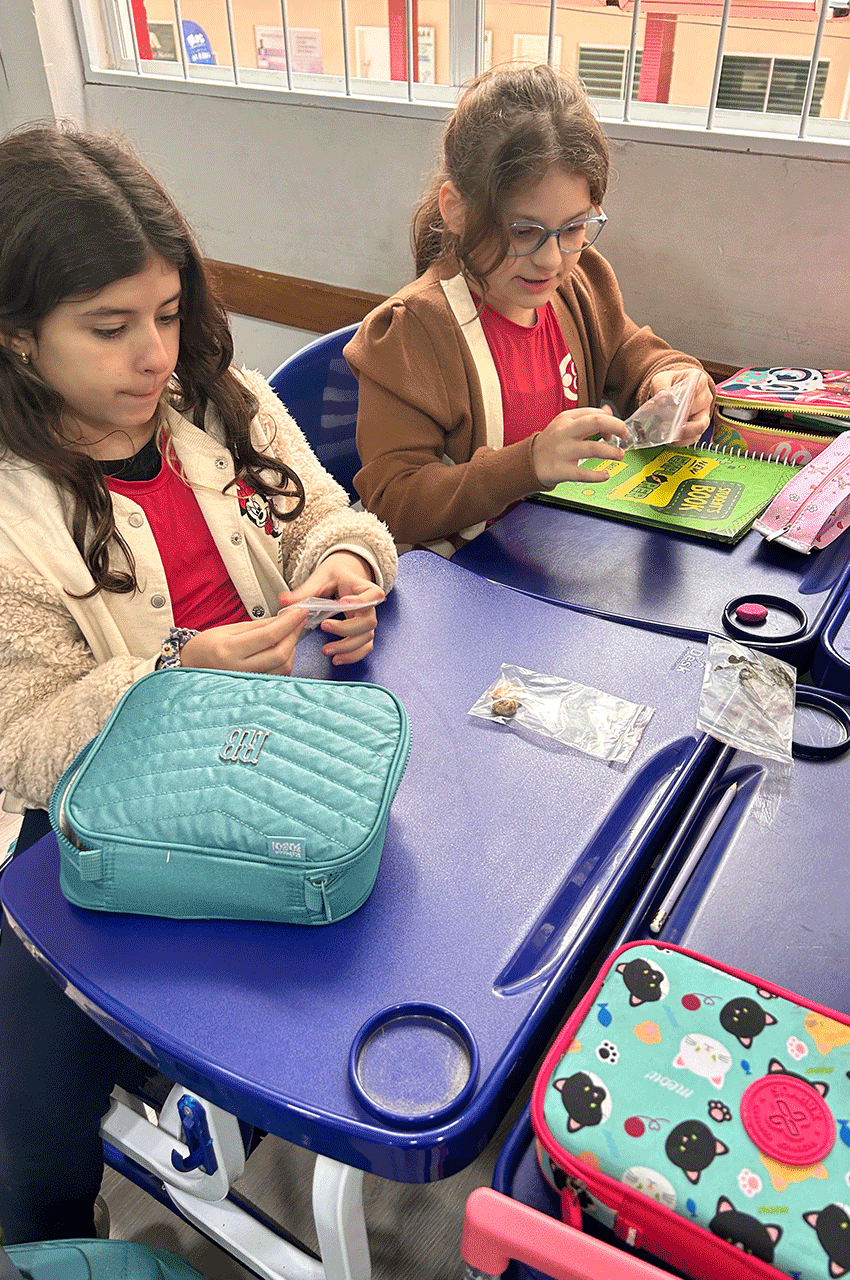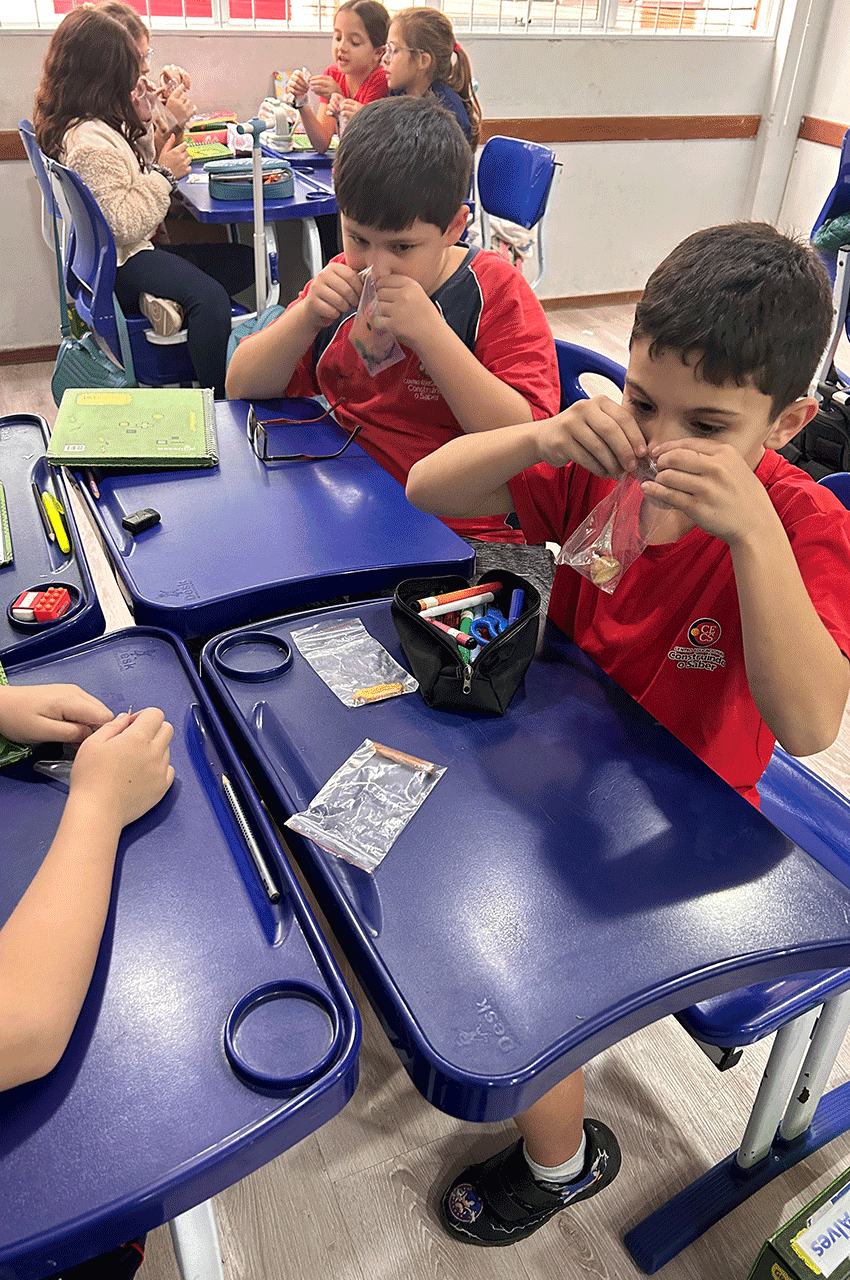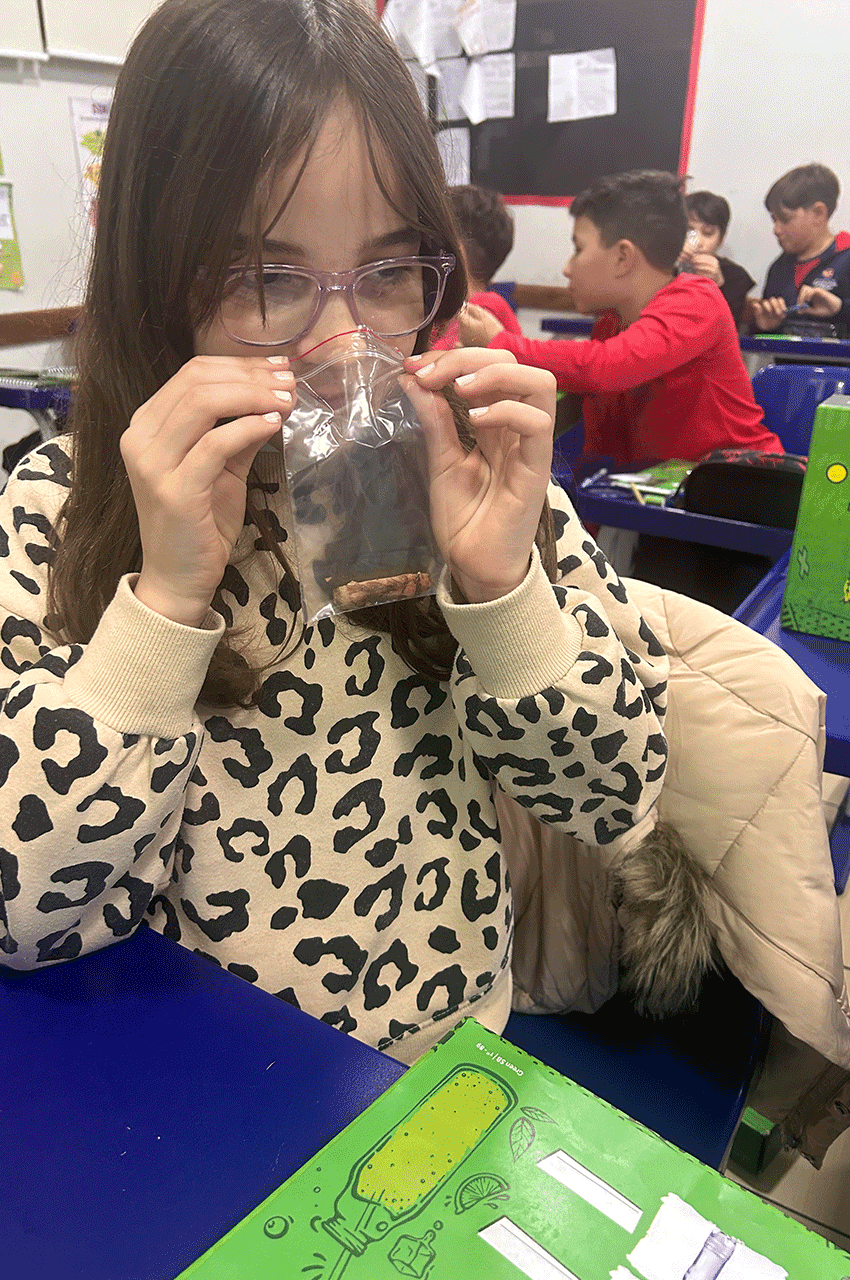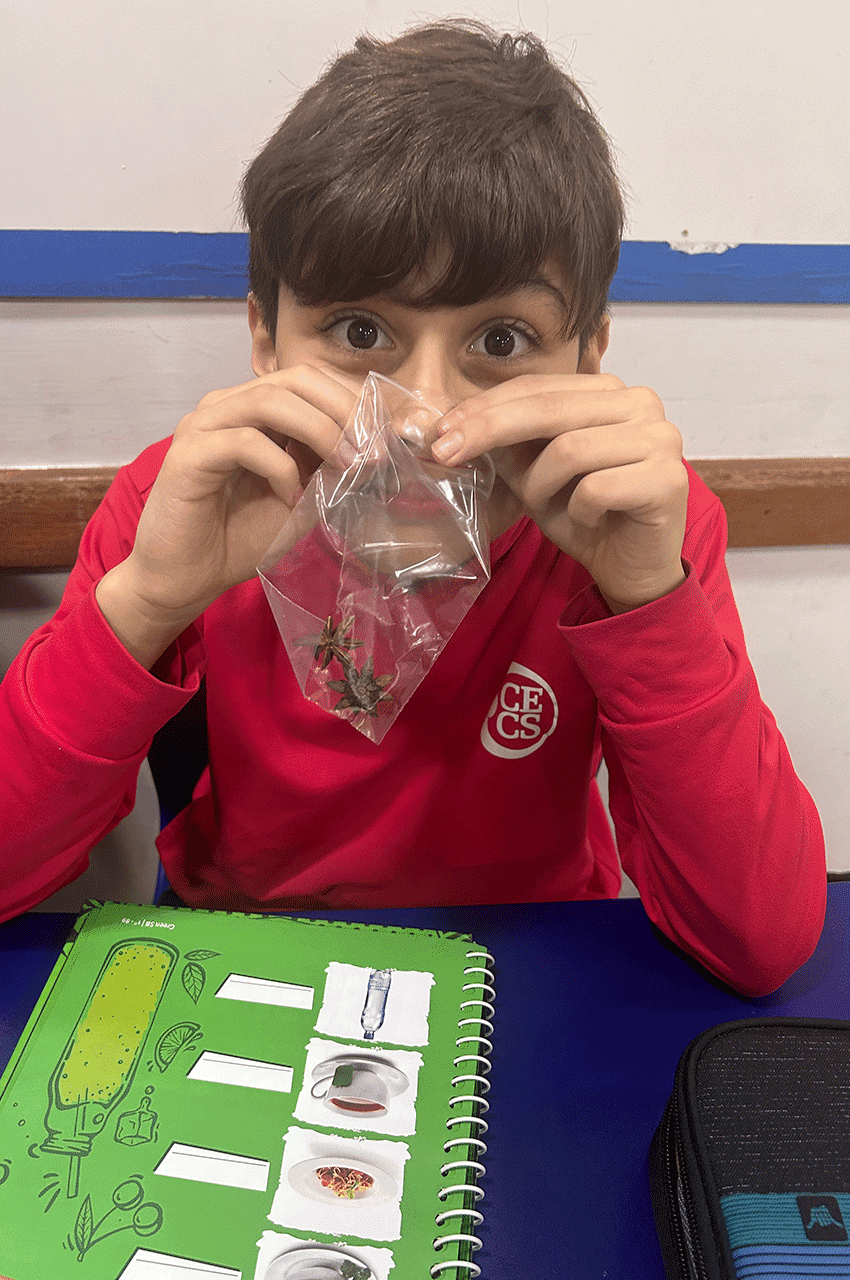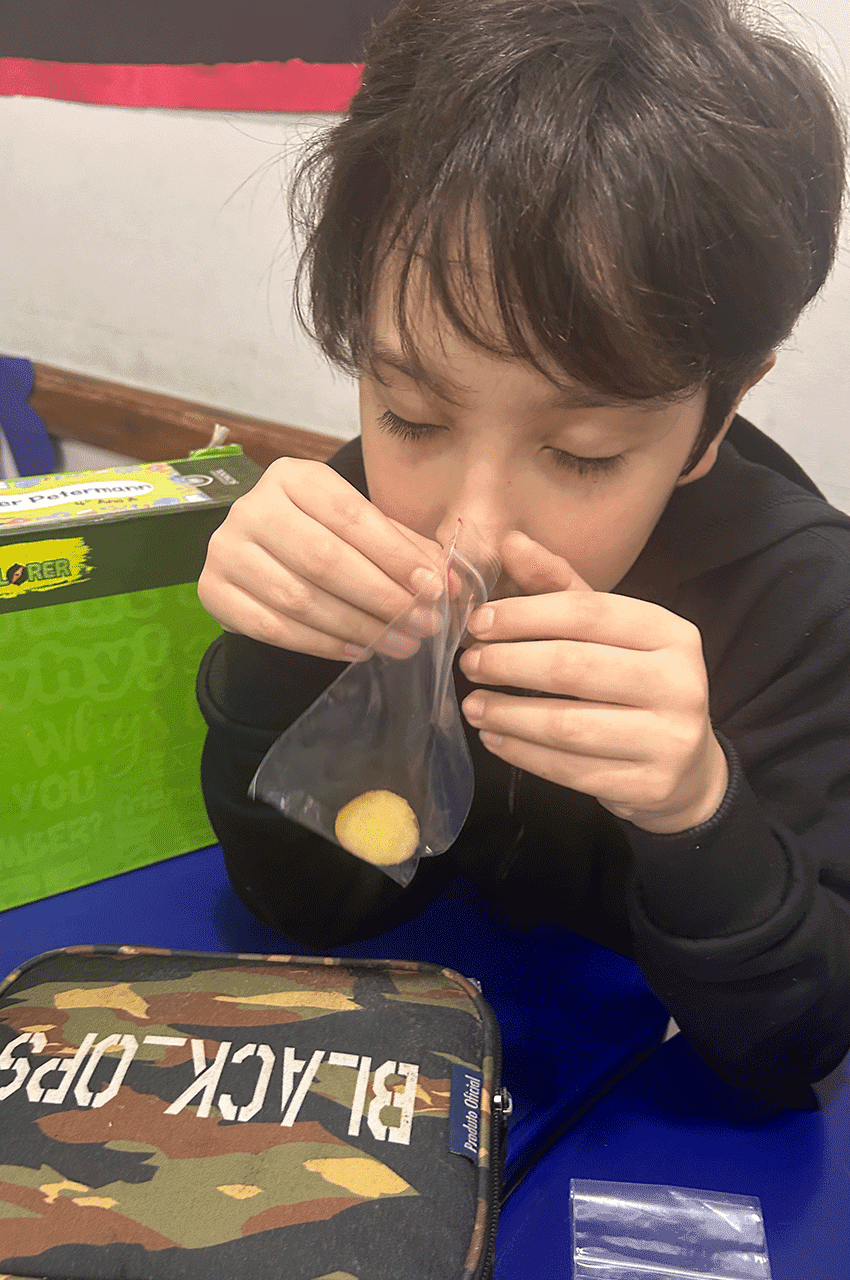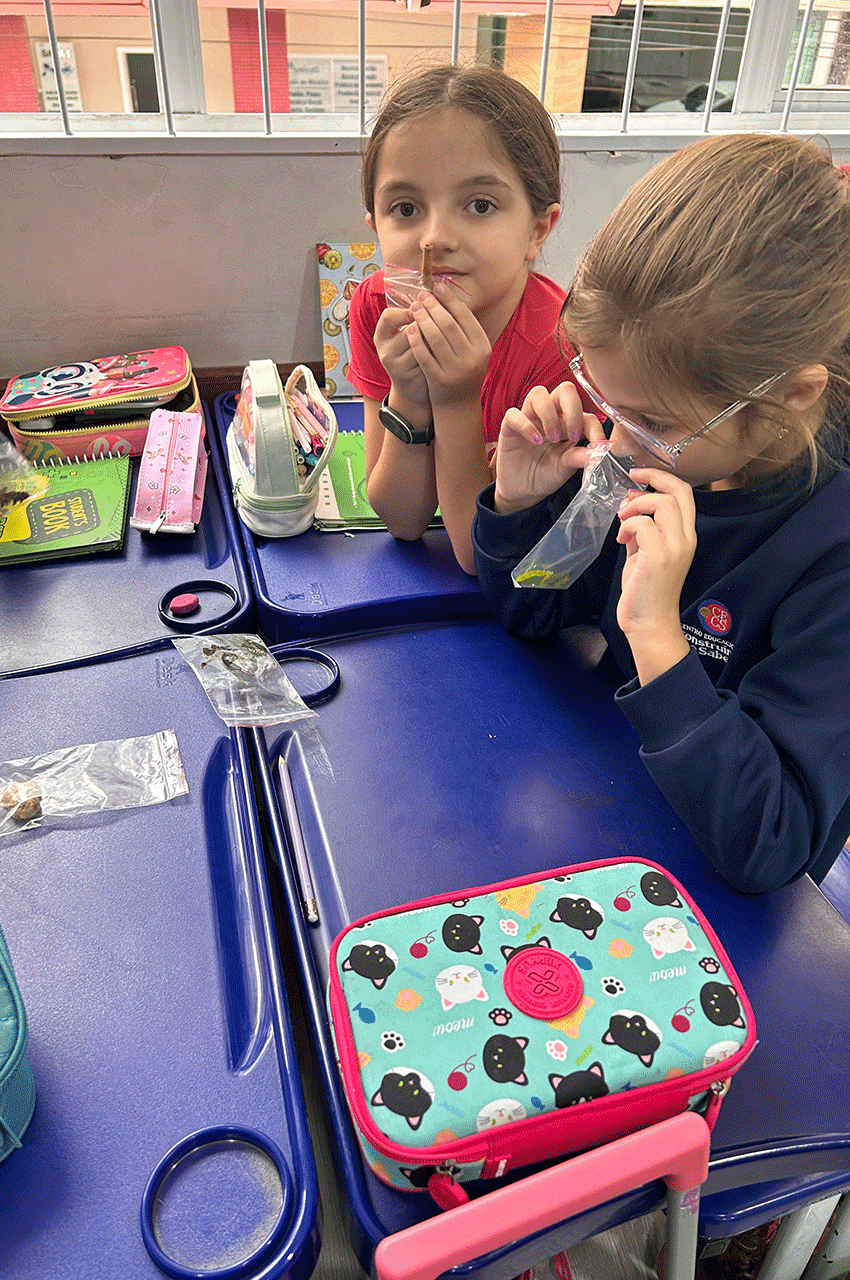Exploring Global Flavours: Why Learning About Other Countries' Foods and Spices Matters in English Class
Exploring Global Flavours: Why Learning About Other Countries' Foods
and Spices Matters in English Class
Learning about the foods and spices from different countries helps pupils understand and appreciate other cultures. Each dish tells a story about a country’s traditions, history, and way of life. By exploring these foods, children gain a better understanding of the people who live in those countries and the customs they cherish. When we talk about international cuisine, we use new and interesting words. Terms like “chilli” or “pho” are not just food names—they’re also new vocabulary. This helps us build a richer English vocabulary and learn how to describe things more vividly. Learning about diverse foods can inspire creativity. Imagine writing a story where characters enjoy a meal from another country or creating a recipe that blends different cultural ingredients. This kind of imaginative exercise makes learning fun and engaging.
Discovering how other cultures use spices and ingredients can spark curiosity and a love for learning. It’s exciting to think about trying new foods and exploring how they are prepared and enjoyed around the world. By integrating global foods and spices into our English lessons, we not only make learning more dynamic but also build a deeper connection with the world around us.
The students in year 4 classes A and B, are learning about food, dishes, spices and herbs from other countries, in the photos they are exploring the texture and smell of spices such as cinnamon sticks, star anise, turmeric, ginger, peppermint and purple basil leaves.
Explorando Sabores Globais: Por que aprender sobre os alimentos e temperos de outros países é importante na aula de inglês
Aprender sobre os alimentos e temperos de diferentes países ajudam os alunos a entender e apreciar outras culturas. Cada prato conta uma história sobre as tradições, a história e o modo de vida de um país. Ao explorar esses alimentos, as crianças passam a entender melhor as pessoas que vivem nesses países e os costumes que elas prezam.
Quando falamos sobre culinária internacional, usamos palavras novas e interessantes. Termos como "chilli" ou "pho" não são apenas nomes de alimentos - é também vocabulário novo. Isso nos ajuda a construir um vocabulário mais rico em inglês e a aprender a descrever as coisas de forma mais vívida. Aprender sobre diversos alimentos pode inspirar a criatividade. Imagine escrever uma história em que os personagens desfrutam de uma refeição de outro país ou criar uma receita que misture diferentes ingredientes culturais.
Esse tipo de exercício imaginativo torna o aprendizado divertido e envolvente. Descobrir como outras culturas usam temperos e ingredientes podem despertar a curiosidade e o amor pelo aprendizado. É empolgante pensar em experimentar novos alimentos e explorar como eles são preparados e apreciados em todo o
mundo.
Ao integrar alimentos e temperos globais em nossas aulas de inglês, não apenas tornamos o aprendizado mais dinâmico, mas também criamos uma conexão mais profunda com o mundo ao nosso redor. Os alunos do 4º ano A e B estão aprendendo sobre alimentos, pratos, temperos e ervas de outros países. Nas fotos, eles estão explorando a textura e o cheiro de temperos como canela, anis estrelado, açafrão-da-terra, gengibre, hortelã-pimenta e folhas de manjericão roxo.
Turmas: 4º Ano
Teacher: Deise Mulari
